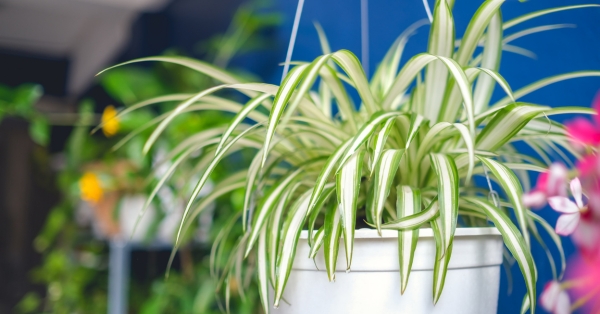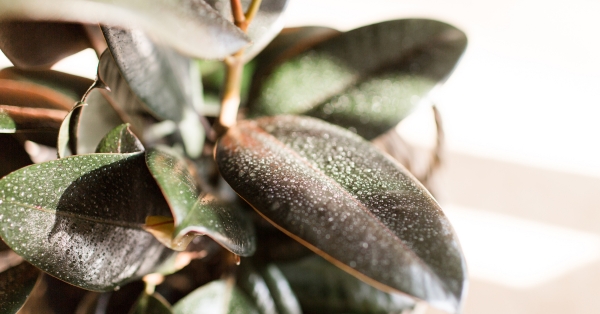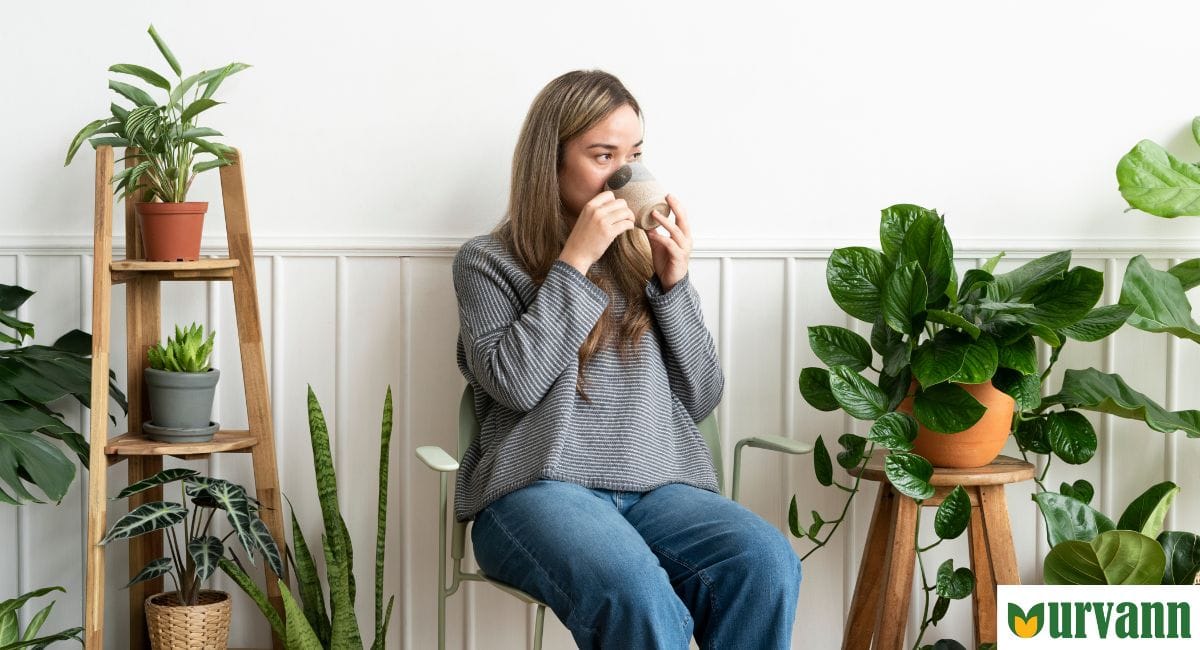Indoor plants are not just decorative elements; they are nature's gifts that bring numerous benefits to our homes and well-being. Beyond their aesthetic appeal, these green companions enhance the overall quality of our indoor environments. Indoor plants contribute to improved air quality by absorbing toxins and releasing oxygen during photosynthesis. They act as natural air purifiers, reducing pollutants and promoting a healthier living space. The visual appeal of indoor plants adds a touch of serenity and freshness to any room, creating a more inviting and tranquil atmosphere.
In this blog let us delve into the Top 5 Indoor plants for a healthier home.
.
Areca Palm

The Areca Palm (Dypsis lutescens), commonly known as the butterfly palm or golden cane palm, is renowned for its stunning appearance and numerous benefits. With feathery, arching fronds that give it an elegant, tropical charm, this palm adds a touch of natural beauty to indoor and outdoor spaces alike. Beyond its aesthetic appeal, the Areca Palm is a powerful air purifier, filtering out harmful toxins and promoting a healthier environment. It thrives in bright, indirect light and is relatively low-maintenance, making it an ideal choice for both experienced and novice plant enthusiasts.
.
Money Plant

The Money Plant, scientifically known as "Pothos", is celebrated for its aesthetic charm and numerous benefits. With heart-shaped green leaves, this low-maintenance houseplant adds a touch of elegance to indoor spaces, thriving in various light conditions. Beyond its ornamental appeal, the money plant is renowned for its air-purifying qualities, effectively removing toxins like formaldehyde and benzene from the surrounding environment. Believed to bring prosperity and good luck according to Feng Shui, it has become a popular choice for homes and offices alike. Its resilience and ease of care make it an ideal choice for both seasoned and novice plant enthusiasts.
.
Spider Plant

The Spider Plant (Chlorophytum comosum) is a captivating and versatile houseplant renowned for its beauty and numerous benefits. With arching green and white striped leaves, it adds an aesthetic touch to any indoor space. Beyond its visual appeal, the spider plant is a natural air purifier, effectively removing pollutants like formaldehyde and xylene. Known for its adaptability, this resilient plant thrives in various conditions and requires minimal maintenance. Additionally, spider plants produce offshoots, or "pups," that can be easily propagated, making them an ideal choice for both novice and experienced plant enthusiasts. Embracing the spider plant brings not only visual delight but also a breath of fresh, purified air into your home.
.
Rubber Plant

The Rubber Plant (Ficus elastica) stands as a testament to both beauty and practicality in the realm of indoor plants. With its glossy, dark green leaves and striking upright growth, this evergreen species not only enhances interior aesthetics but also contributes to a healthier living environment. Known for its air-purifying qualities, the rubber plant efficiently filters out common indoor pollutants, promoting cleaner and fresher air. Additionally, it thrives in low-light conditions and requires minimal maintenance, making it an ideal choice for busy individuals or those new to plant care. Embracing the rubber plant adds a touch of natural elegance while fostering a more healthful home atmosphere.
.
Dieffenbachia Plant

Dieffenbachia, commonly known as the "dumb cane," is a stunning tropical plant celebrated for its beauty and numerous benefits. With its large, vibrant leaves featuring unique patterns and shades, the dieffenbachia adds a touch of elegance to any indoor space. Beyond its aesthetic appeal, this plant is renowned for its air-purifying qualities, effectively removing toxins like formaldehyde and benzene. As a low-maintenance houseplant, dieffenbachia thrives in indirect light and requires minimal care. Additionally, its lush foliage contributes to a calming atmosphere, making it an ideal choice for enhancing both the visual appeal and air quality of indoor environments.

Conclusion
Caring for indoor plants also provides a sense of responsibility and routine, fostering a connection with nature even in urban settings. Moreover, certain plants, such as aloe vera and snake plants, offer medicinal benefits and can be used for various home remedies.
In summary, indoor plants offer a myriad of advantages – from purifying the air to enhancing mental well-being and adding a touch of natural beauty to our homes. Embracing these green allies is not just a trend but a holistic approach to creating healthier, happier indoor spaces.
Let us know in the comments which one of these plants do you have at your home, Happy Gardening!! 🌱🪴


0 Comment